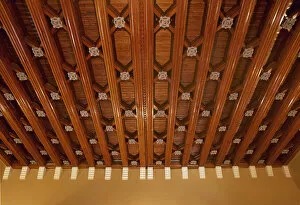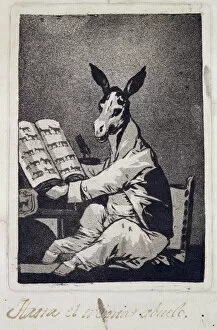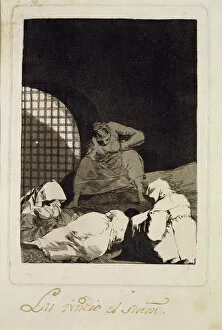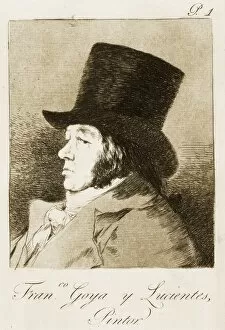Capricho Collection (#2)
"Capricho: Exploring the Whimsical World of Francisco de Goya and Beyond" Step into the intriguing world of "capricho, " a term that encompasses the whimsical, satirical
For sale as Licensed Images
Choose your image, Select your licence and Download the media
"Capricho: Exploring the Whimsical World of Francisco de Goya and Beyond" Step into the intriguing world of "capricho, " a term that encompasses the whimsical, satirical, and thought-provoking artworks by renowned Spanish painter and printmaker Francisco de Goya. From his iconic series "Los Caprichos" to other masterpieces like "El Sueno De La Razon Produce Monstruos, " Goya's art captivates with its dark humor and social commentary. In 1799, Goya unveiled his groundbreaking collection called "Los Caprichos. " Among its plates is the enigmatic piece titled "Aguarda Que Te Unten, " which showcases Goya's mastery of etching and aquatint techniques. This series delves deep into human folly, superstitions, societal vices, and political corruption—a true reflection of Goya's critical eye on Spanish society during that time. Goya's influence extended beyond his era as artists like Eugenio Lucas Velazquez paid homage to him through their own allegoric capricious works. Velazquez's 1852 painting offers a glimpse into how artists were inspired by Goya's unique style in portraying fantastical scenes filled with symbolic elements. The legacy continued even after Goya’s passing. In 1877, another artist named Eugenio Lucas created an etching titled "Disparate de tontos (Fool's folly), " showcasing absurdity through intricate details achieved using aquatint and drypoint techniques. Other notable examples include "Lo Mismo (The Same)" from 1863 by an unknown artist who utilized etching, drypoint, burnishing & burin techniques to depict repetition in life; or “No Hay Quien Los Socorra (There is no one to help them)” from the same year which uses etching and aquatint to convey a sense of despair and isolation.






